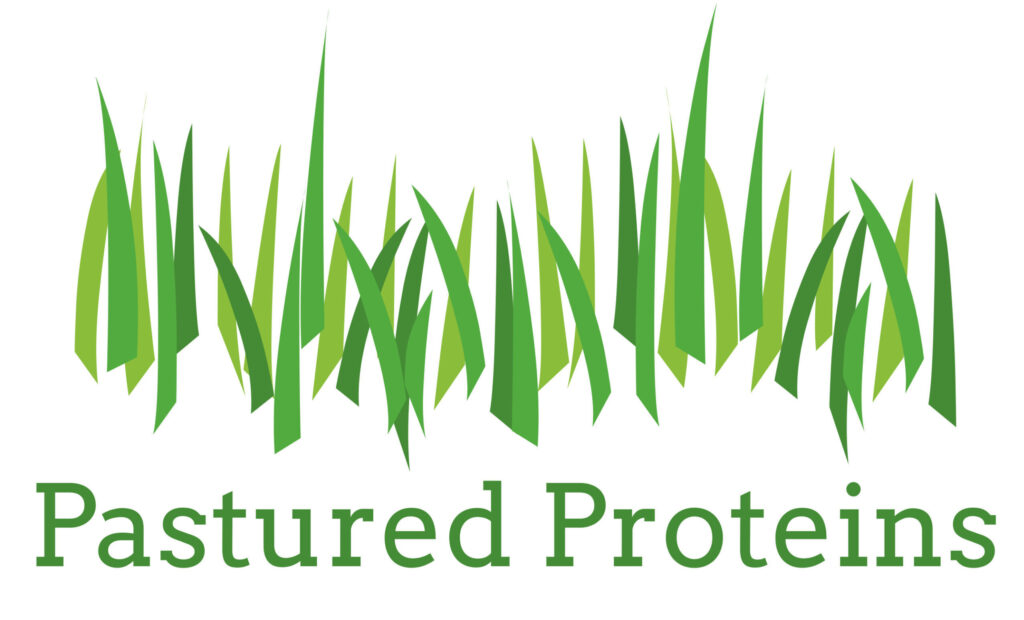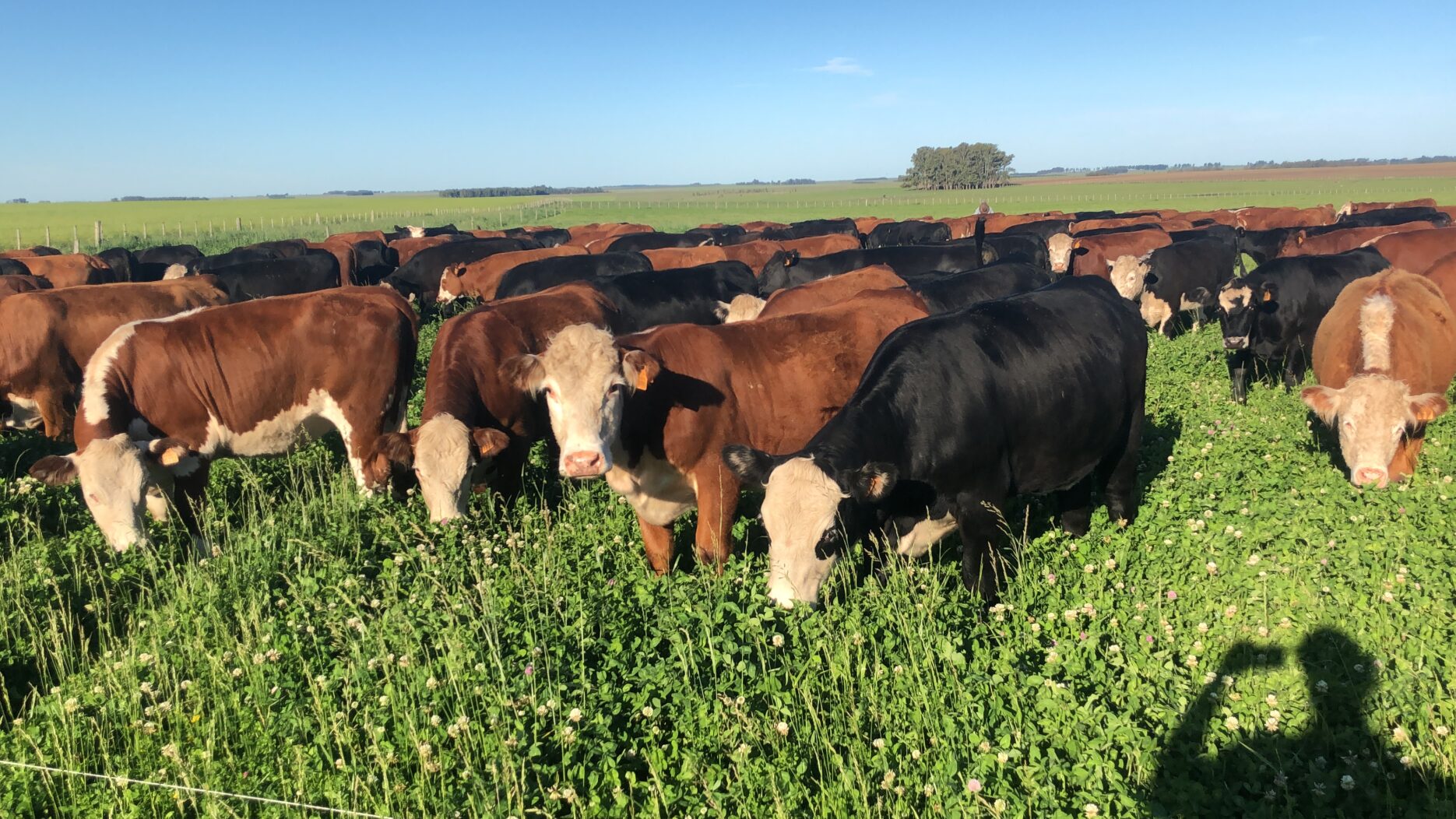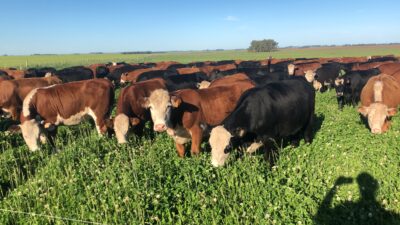What is Regenerative Ranching?
Regenerative ranching is a method of farming that focuses on restoring soil health, increasing biodiversity, and sequestering carbon. It is a holistic approach that aims to create a sustainable and resilient ecosystem that can thrive over time. Unlike traditional farming practices that rely heavily on inputs like fertilizers and pesticides, regenerative ranching seeks to work with nature to create a self-sustaining system.
What value do regenerative practices bring the producer?
Regenerative practices bring numerous benefits to producers. For one, they can help reduce input costs by relying less on expensive fertilizers and pesticides. Additionally, regenerative ranching can improve the overall health of the soil, leading to higher quality crops and improved yields. By sequestering carbon in the soil, regenerative practices can also help mitigate the effects of climate change. This can be a valuable marketing tool for producers looking to differentiate themselves in a crowded marketplace.
Can Regenerative Agriculture scale to work with larger supply chains?
Regenerative agriculture has the potential to scale to work with larger supply chains. In fact, many large companies are already beginning to adopt regenerative practices. However, it will require a shift in mindset from a focus on short-term profits to a long-term view of sustainability. It will also require investment in research and development to optimize regenerative practices for larger operations.
Do Corporate commodity buyers care about regenerative agriculture?
Corporate commodity buyers are beginning to care more about regenerative agriculture. As consumers become more aware of the environmental impact of their purchasing decisions, companies are looking for ways to reduce their carbon footprint and demonstrate their commitment to sustainability. Additionally, many companies see the potential for regenerative practices to improve the quality and consistency of their products, which can be a competitive advantage in the marketplace.
Conclusions.
Regenerative ranching is a powerful tool for creating a sustainable and resilient food system. By focusing on soil health, biodiversity, and carbon sequestration, regenerative practices can bring numerous benefits to producers and consumers alike. While there are challenges to scaling regenerative agriculture to work with larger supply chains, there is also significant potential for positive impact. As more companies adopt regenerative practices and consumers demand sustainable products, the future of regenerative ranching looks bright.





